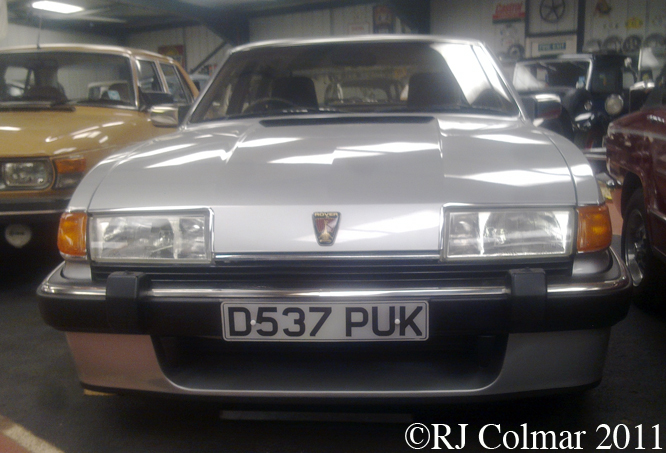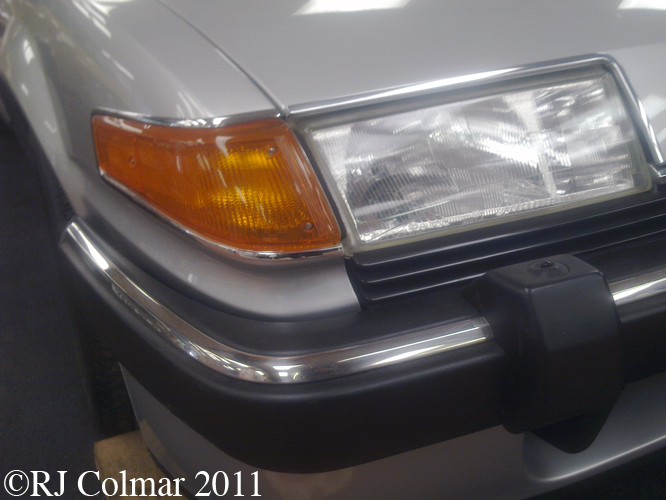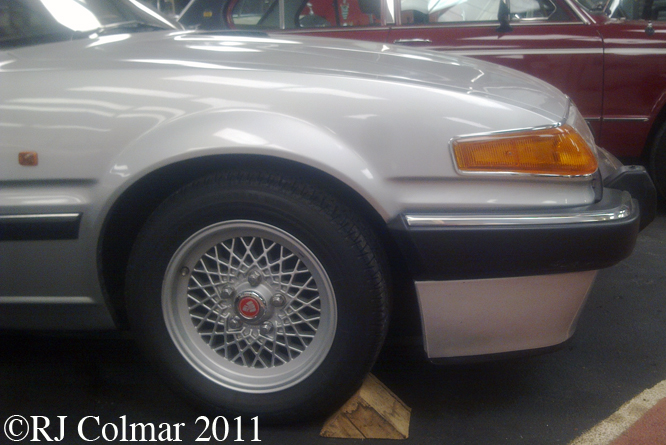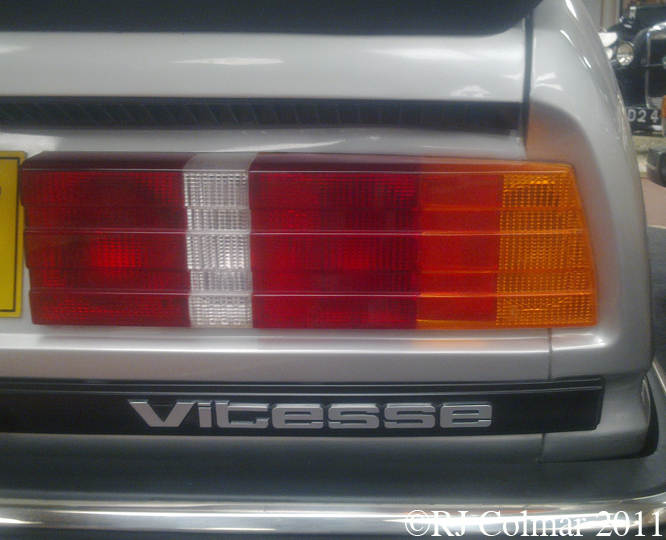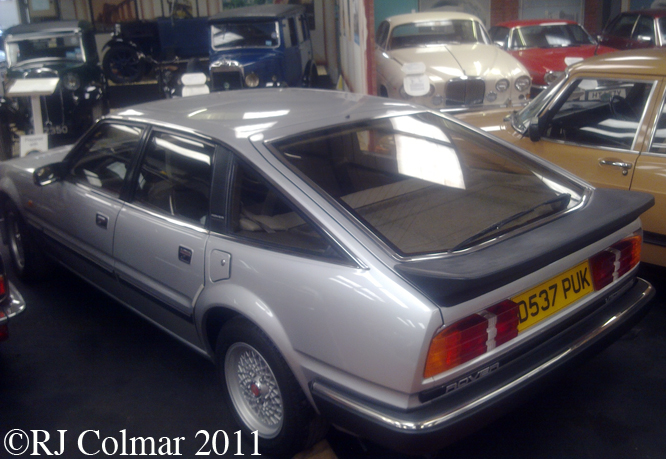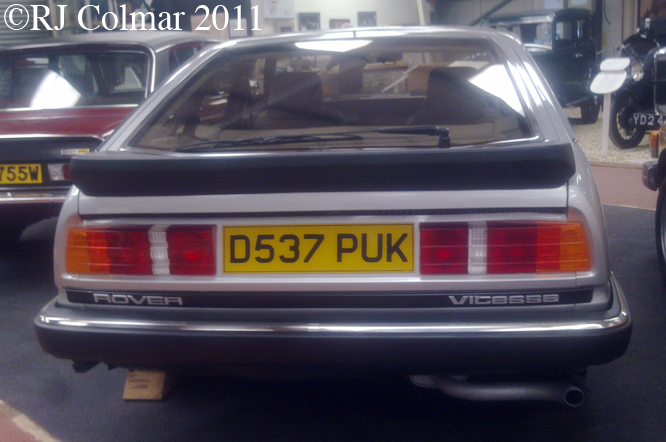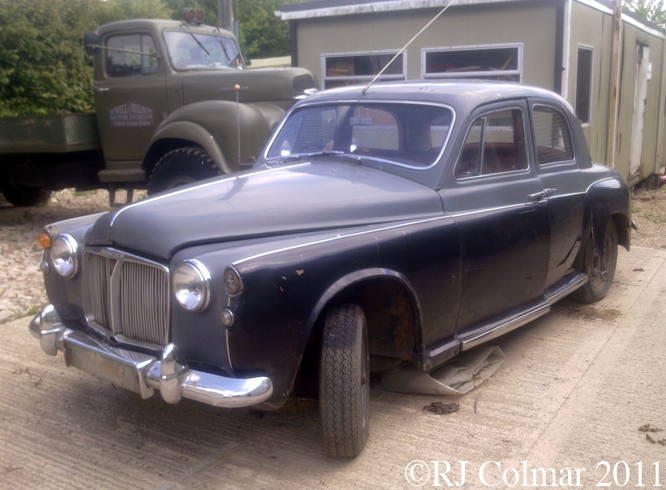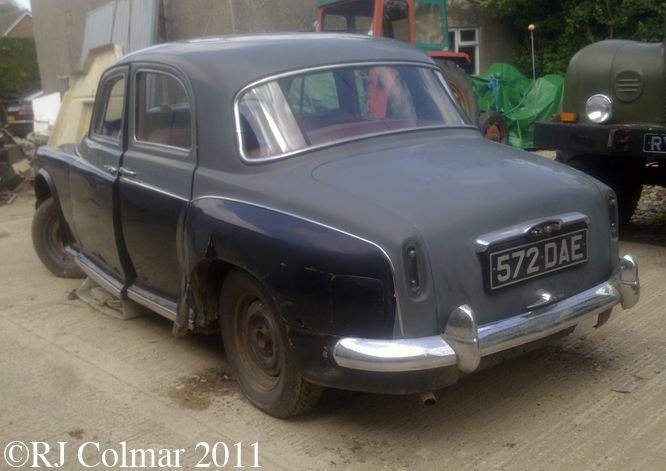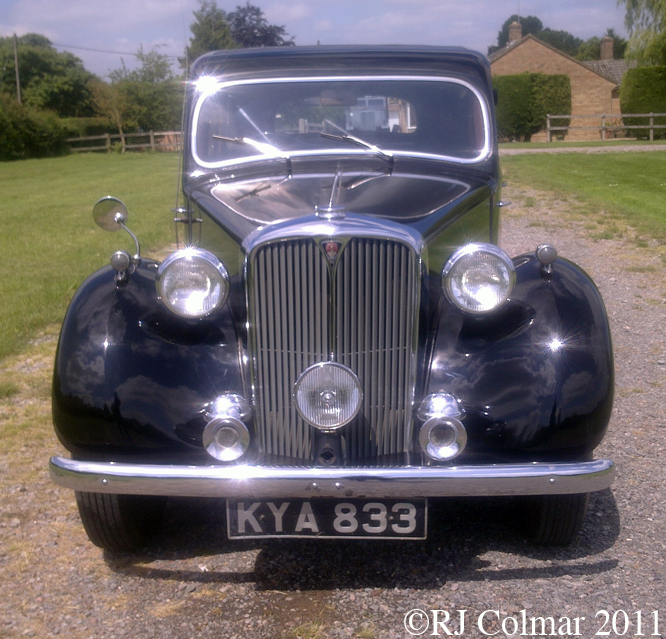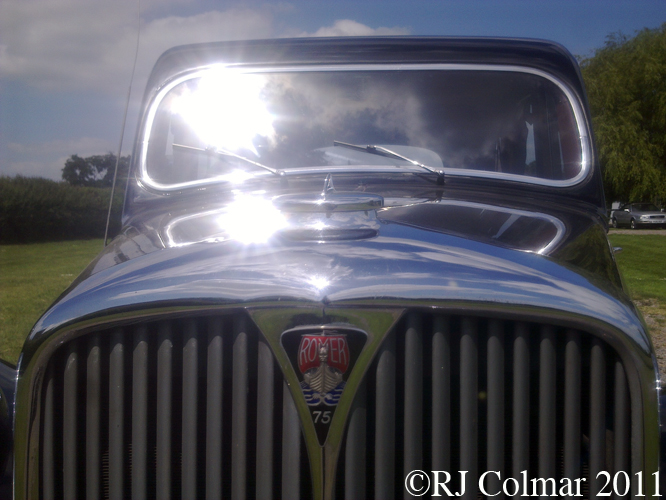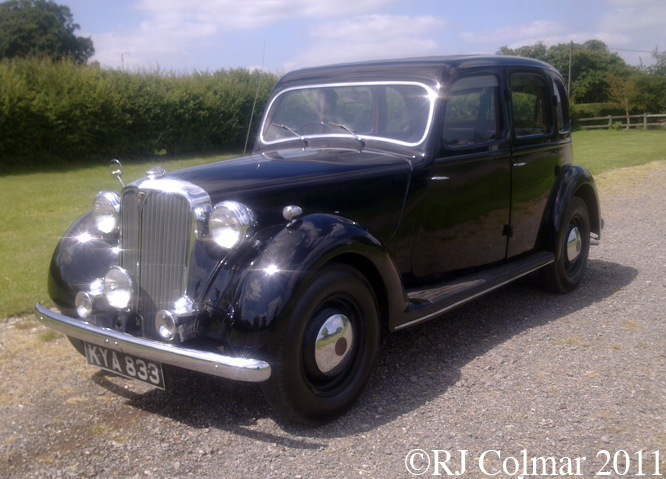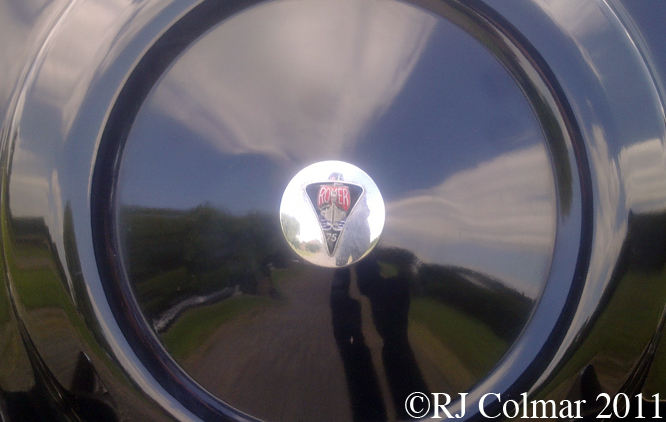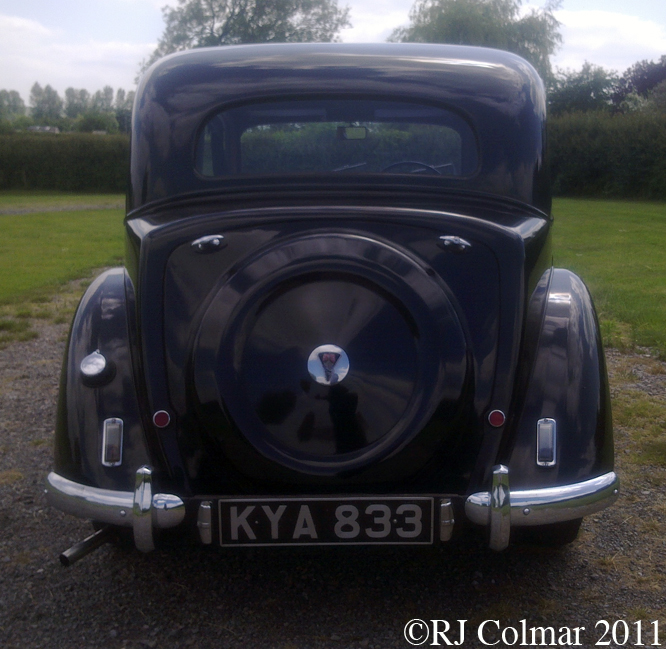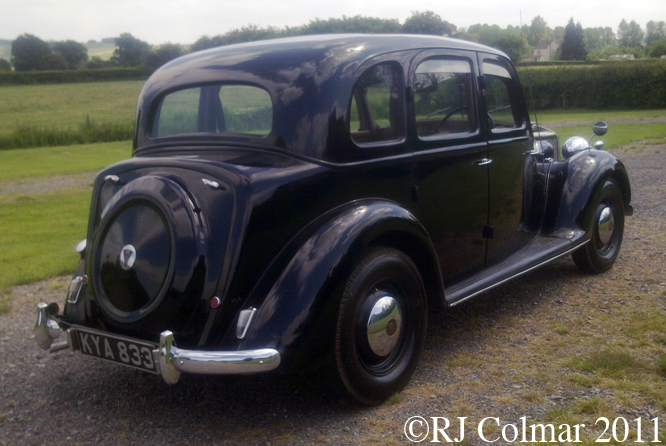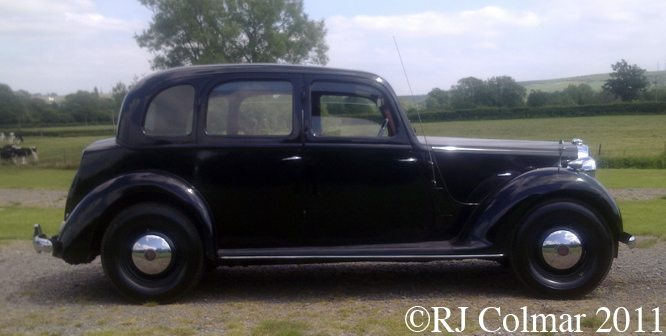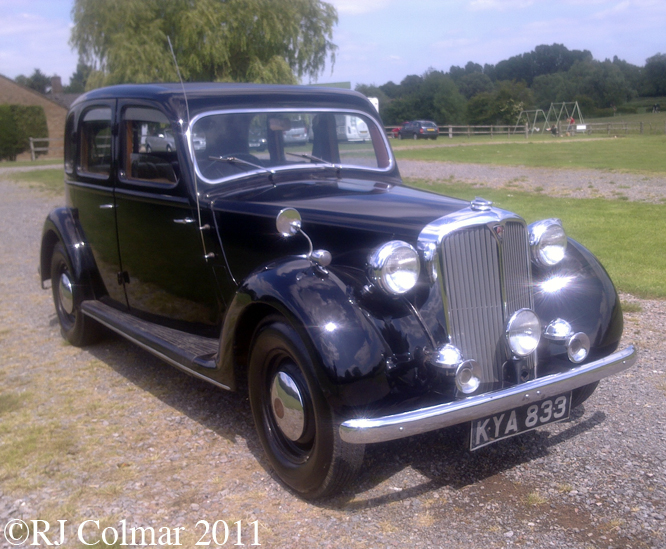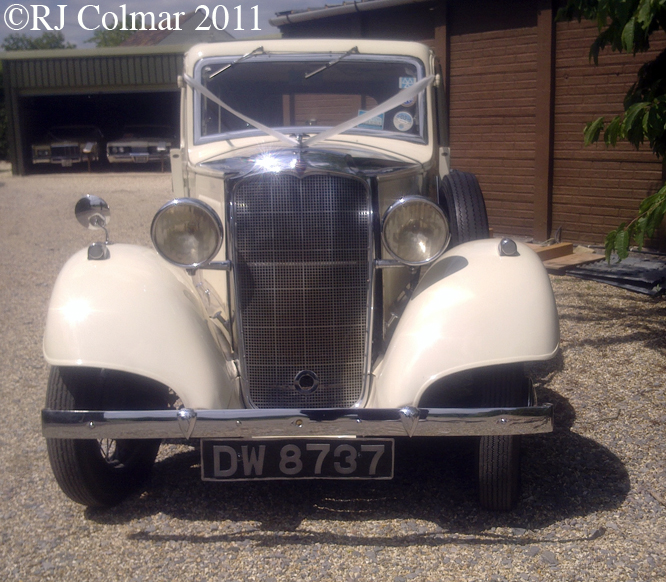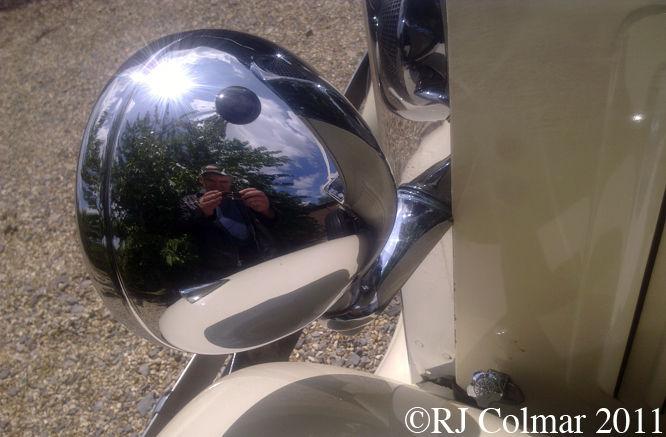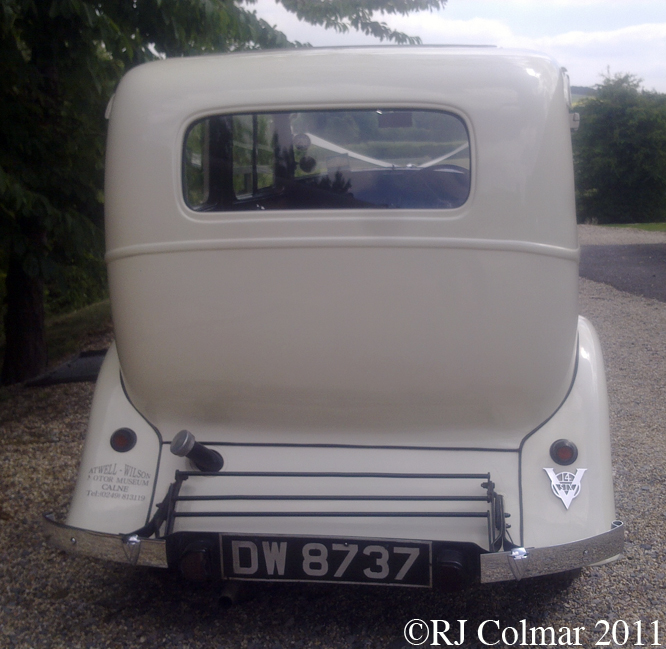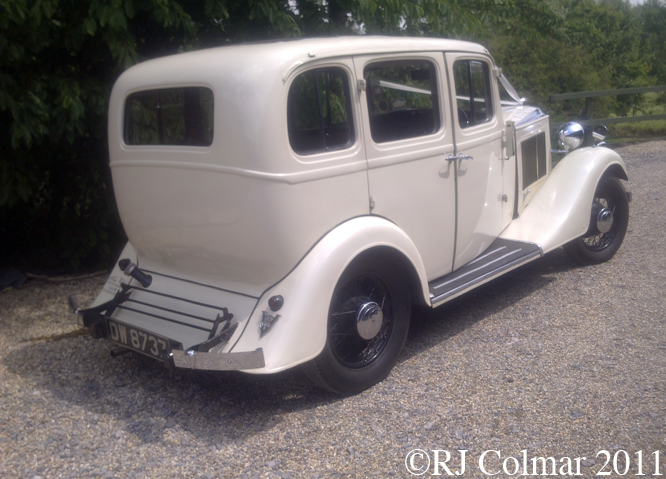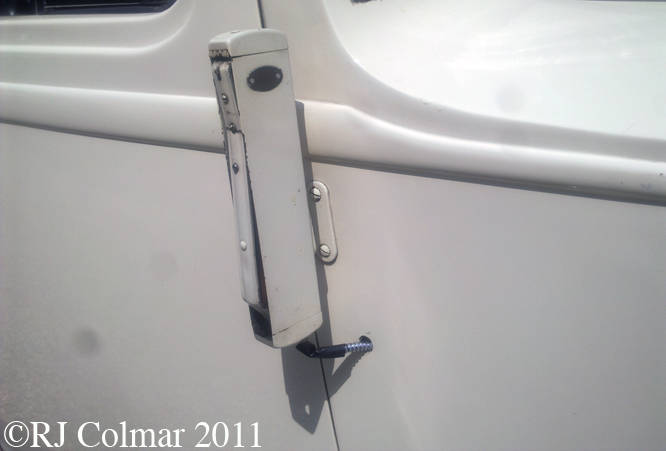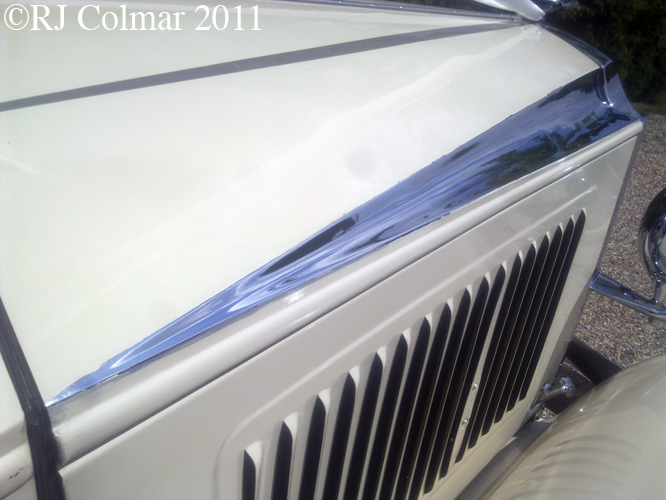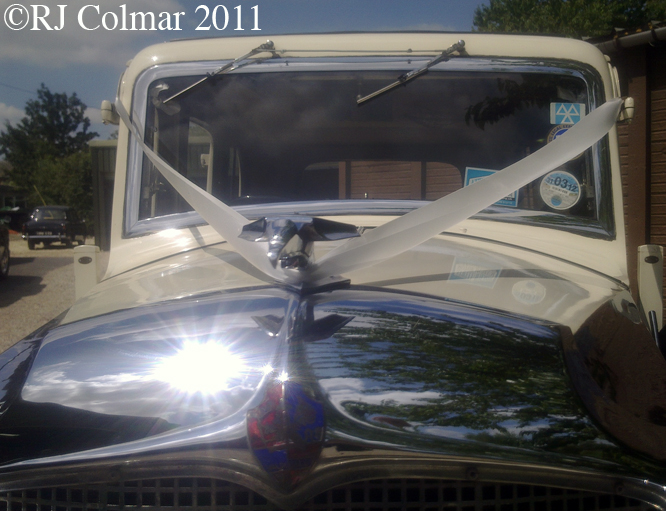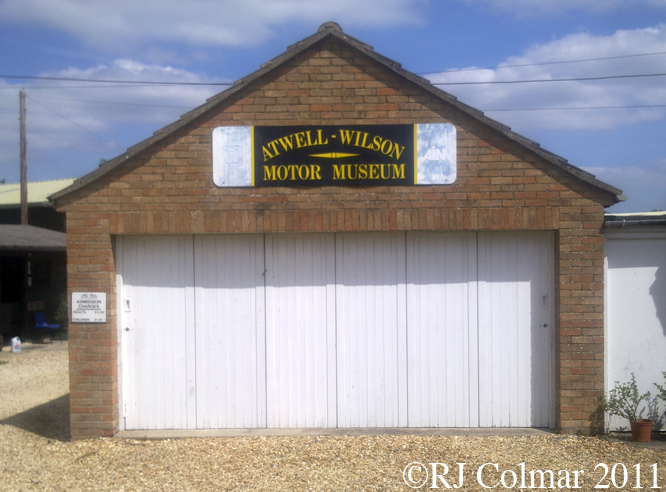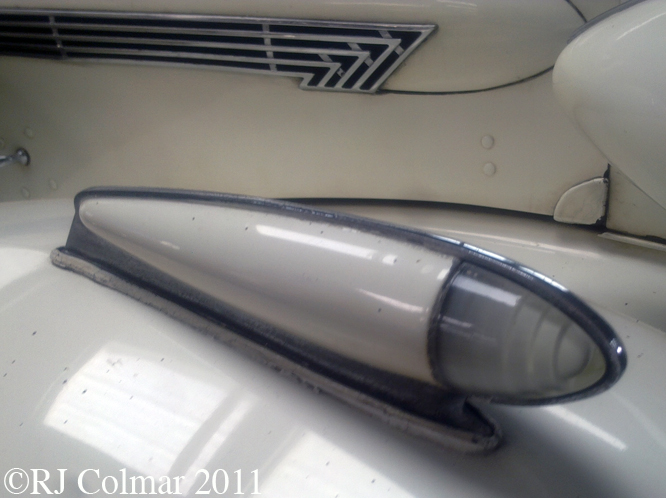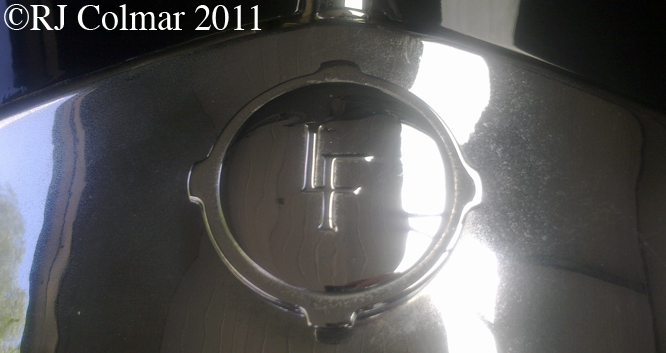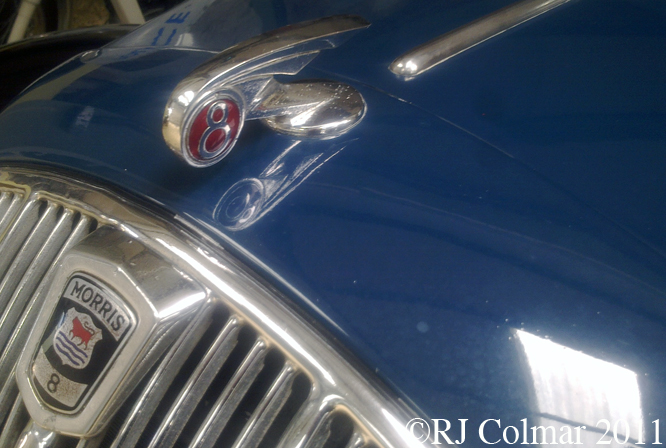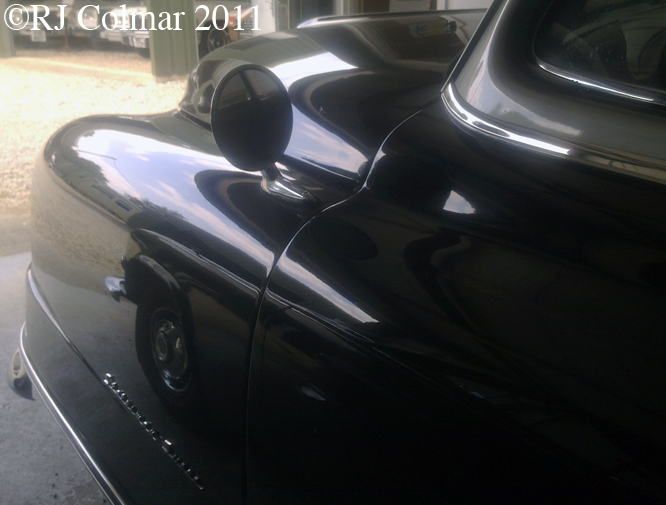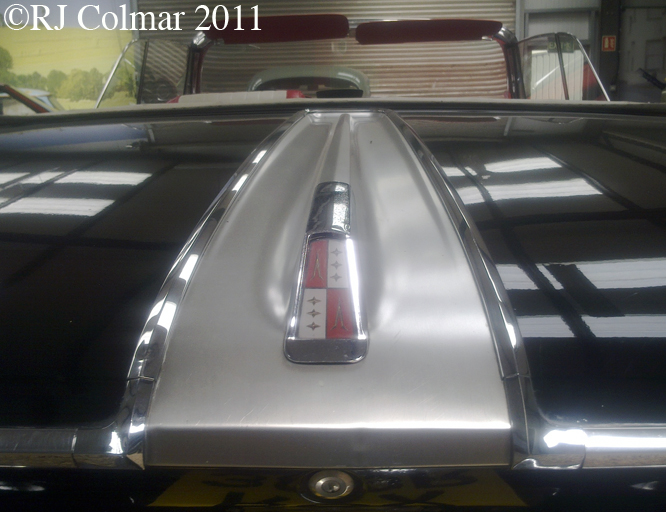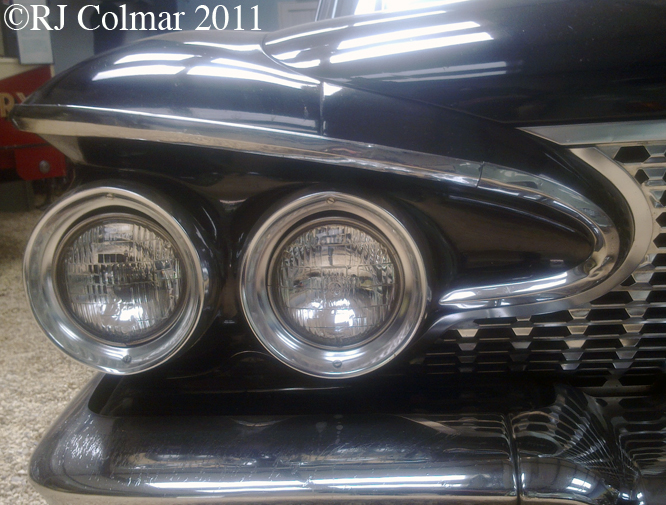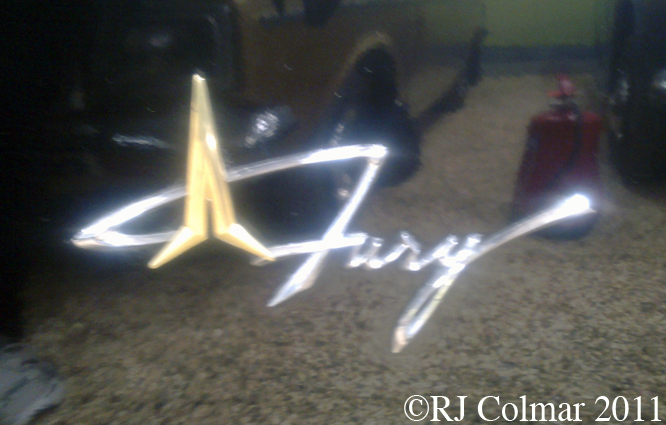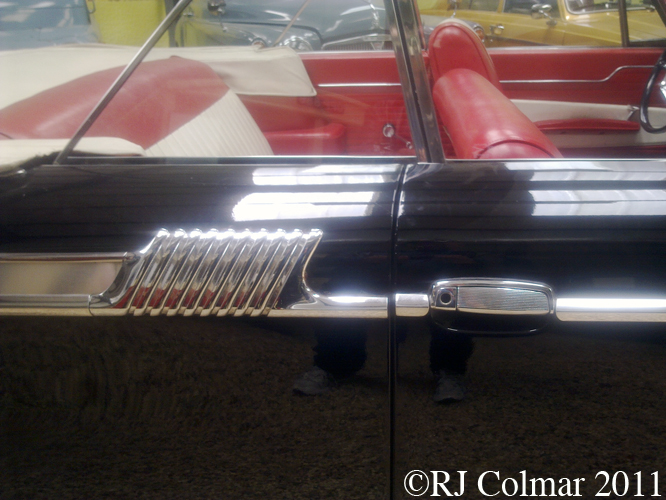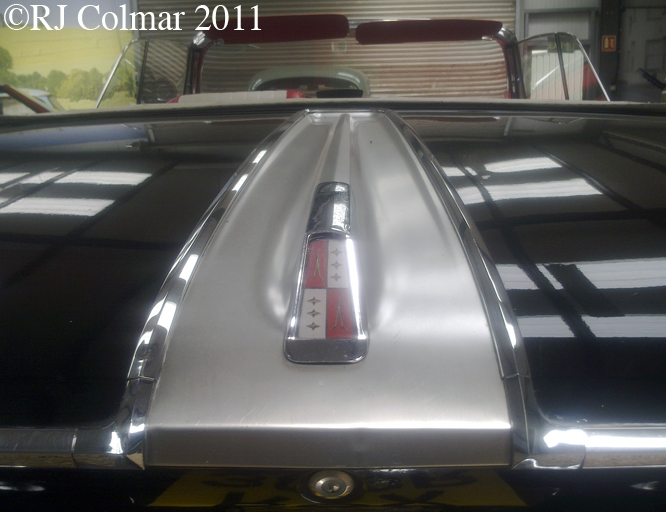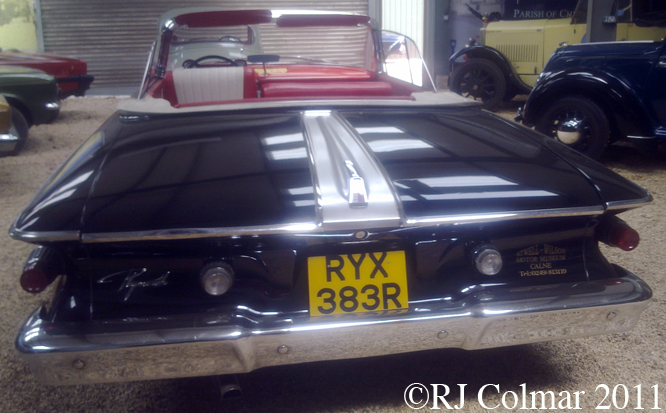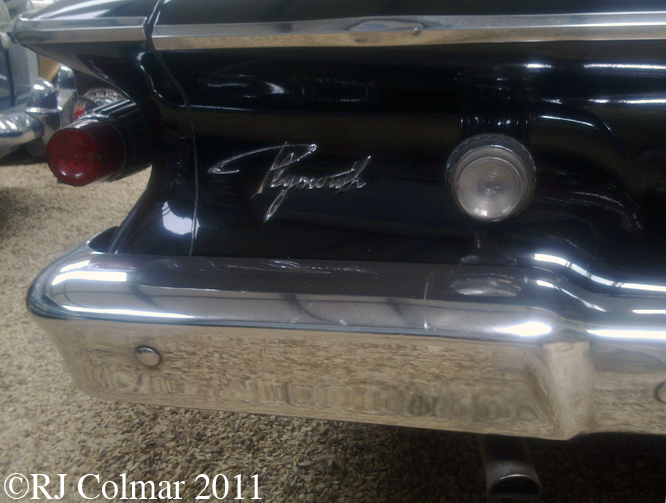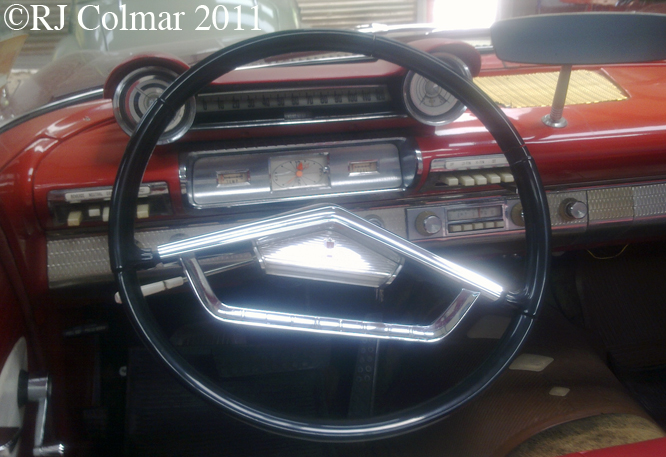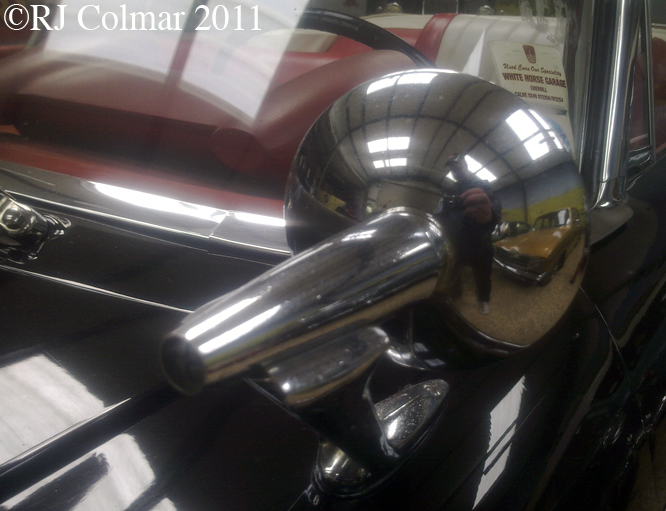There were not many four door executive vehicles that would look comfortable parked along side a Ferrari or Maserati in the 1970’s but the Rover SD1 powered by the familiar alloy Buick derived V8 and designed by David Bache is certainly one that could keep such company in any car park and not look out of place.
Thanks in part to a painfully slow process of rationalisation that was occurring at British Leyland during the early 1970’s involving many duplicitous departments and management within the nationalised organisation it took 54 months for the SD1 to move from drawing board to production.
David Bache was not in the least shy about his design influences incorporated into the SD1 including these indicator lights which are almost identical to those found on a Ferrari Daytona.
Built in a new purpose built £31 million factory in Solihull the SD1 was marketed as the Rover 3500 and launched in July 1976 to an ecstatic reception regarding the styling and performance, though the quality of some of the materials used and build were short of the market leaders particularly the emerging BMW brand. The deep front spoiler and BBS pattern wheels on this model signifies a later model in this case built in 1986.
The Vitesse badge hitherto associated with Triumph models belies the fact that the SD1 had technical and marketing input from the still separate and competing Triumph design and management offices. In late 1980 the Rover Vitesse, seen here at the Atwell Wilson Motor Museum, was introduced as the performance version of the Rover 3500 and the Vanden Plas the Luxury version that included leather seats.
While the styling of the SD1 was ahead of it’s time the rear suspension was actually a technological step back from the de Dion suspension used on the previous Rover P6 to a live rear axle, though this made the cars easier and cheaper to build the move did not compromise the handling, much praised in the contemporary press, in anyway.
Since British Leyland had so many competing brands in its range the 1977 European Car of the Year award winner was not the money spinner that it should have been because it was priced so as not to compete directly with the Jaguar XJ6 against which it was seen in an extremely favourable light.
Thanks for joining me on the 1977 European Car of the Year edition of ‘Gettin’ a lil psycho on tyres’, I hope you’ll join me again tomorrow when I’ll be looking at a fully loaded turbocharged competitor of the Rover SD1. Don’t forget to come back now !

